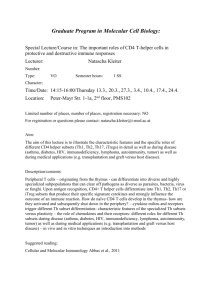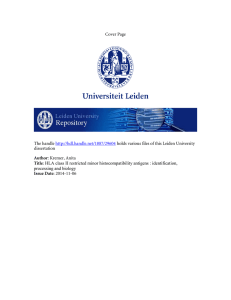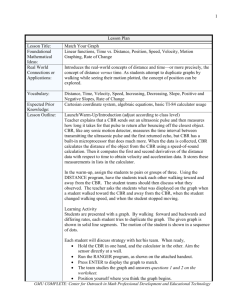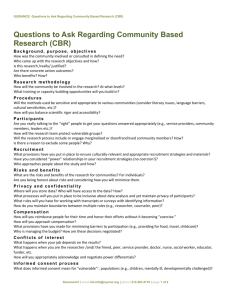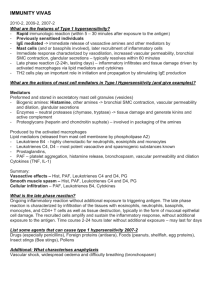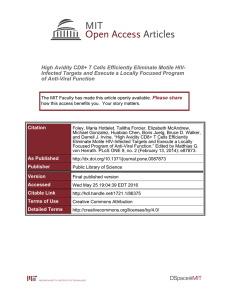EVALUATION AND CHARACTERIZATION OF CD4+ T CELL
advertisement
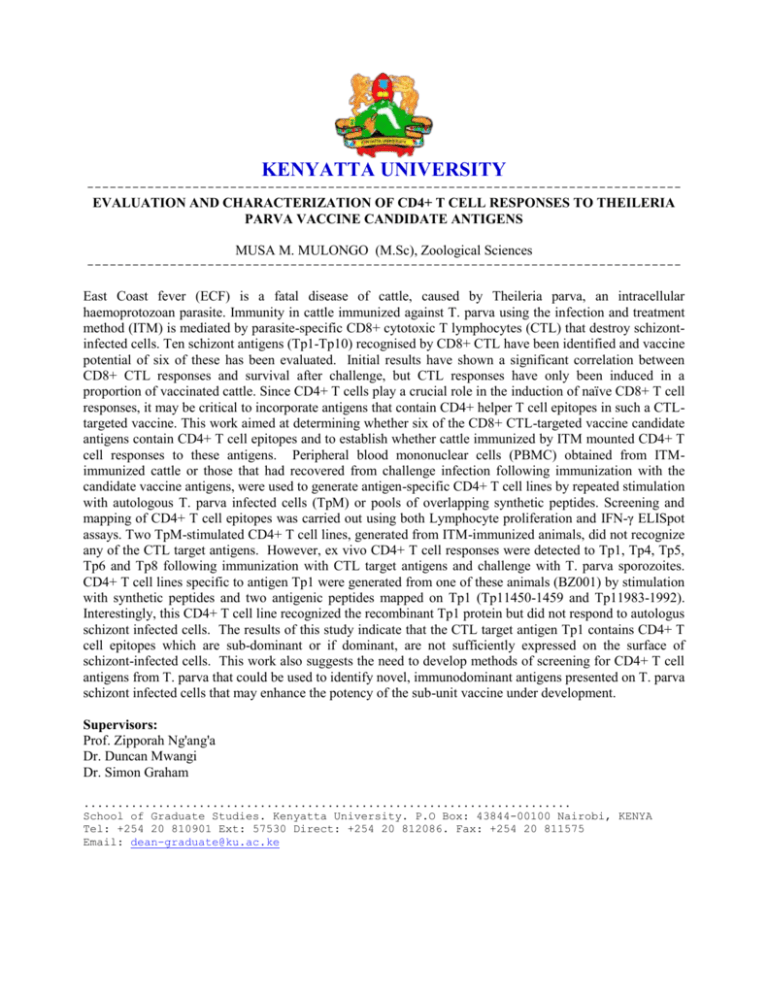
KENYATTA UNIVERSITY ------------------------------------------------------------------------------- EVALUATION AND CHARACTERIZATION OF CD4+ T CELL RESPONSES TO THEILERIA PARVA VACCINE CANDIDATE ANTIGENS MUSA M. MULONGO (M.Sc), Zoological Sciences ------------------------------------------------------------------------------- East Coast fever (ECF) is a fatal disease of cattle, caused by Theileria parva, an intracellular haemoprotozoan parasite. Immunity in cattle immunized against T. parva using the infection and treatment method (ITM) is mediated by parasite-specific CD8+ cytotoxic T lymphocytes (CTL) that destroy schizontinfected cells. Ten schizont antigens (Tp1-Tp10) recognised by CD8+ CTL have been identified and vaccine potential of six of these has been evaluated. Initial results have shown a significant correlation between CD8+ CTL responses and survival after challenge, but CTL responses have only been induced in a proportion of vaccinated cattle. Since CD4+ T cells play a crucial role in the induction of naïve CD8+ T cell responses, it may be critical to incorporate antigens that contain CD4+ helper T cell epitopes in such a CTLtargeted vaccine. This work aimed at determining whether six of the CD8+ CTL-targeted vaccine candidate antigens contain CD4+ T cell epitopes and to establish whether cattle immunized by ITM mounted CD4+ T cell responses to these antigens. Peripheral blood mononuclear cells (PBMC) obtained from ITMimmunized cattle or those that had recovered from challenge infection following immunization with the candidate vaccine antigens, were used to generate antigen-specific CD4+ T cell lines by repeated stimulation with autologous T. parva infected cells (TpM) or pools of overlapping synthetic peptides. Screening and mapping of CD4+ T cell epitopes was carried out using both Lymphocyte proliferation and IFN-γ ELISpot assays. Two TpM-stimulated CD4+ T cell lines, generated from ITM-immunized animals, did not recognize any of the CTL target antigens. However, ex vivo CD4+ T cell responses were detected to Tp1, Tp4, Tp5, Tp6 and Tp8 following immunization with CTL target antigens and challenge with T. parva sporozoites. CD4+ T cell lines specific to antigen Tp1 were generated from one of these animals (BZ001) by stimulation with synthetic peptides and two antigenic peptides mapped on Tp1 (Tp11450-1459 and Tp11983-1992). Interestingly, this CD4+ T cell line recognized the recombinant Tp1 protein but did not respond to autologus schizont infected cells. The results of this study indicate that the CTL target antigen Tp1 contains CD4+ T cell epitopes which are sub-dominant or if dominant, are not sufficiently expressed on the surface of schizont-infected cells. This work also suggests the need to develop methods of screening for CD4+ T cell antigens from T. parva that could be used to identify novel, immunodominant antigens presented on T. parva schizont infected cells that may enhance the potency of the sub-unit vaccine under development. Supervisors: Prof. Zipporah Ng'ang'a Dr. Duncan Mwangi Dr. Simon Graham ........................................................................ School of Graduate Studies. Kenyatta University. P.O Box: 43844-00100 Nairobi, KENYA Tel: +254 20 810901 Ext: 57530 Direct: +254 20 812086. Fax: +254 20 811575 Email: dean-graduate@ku.ac.ke

